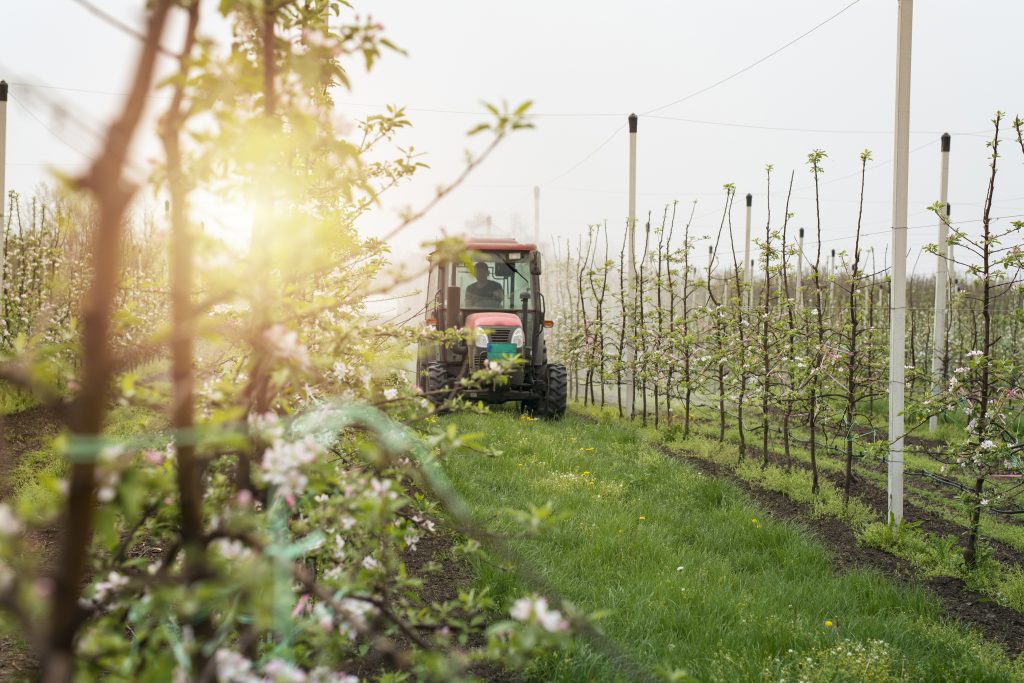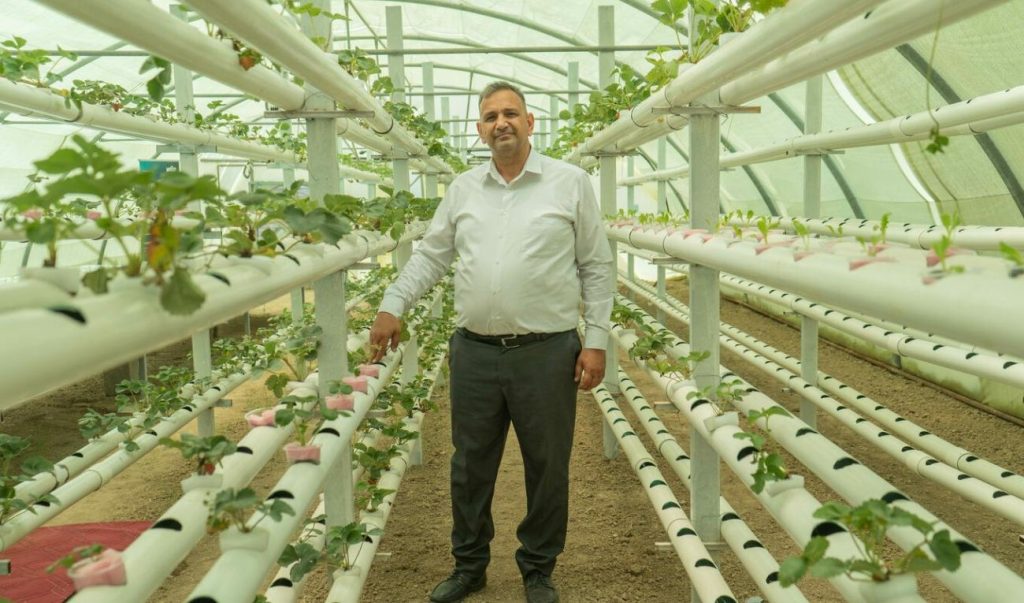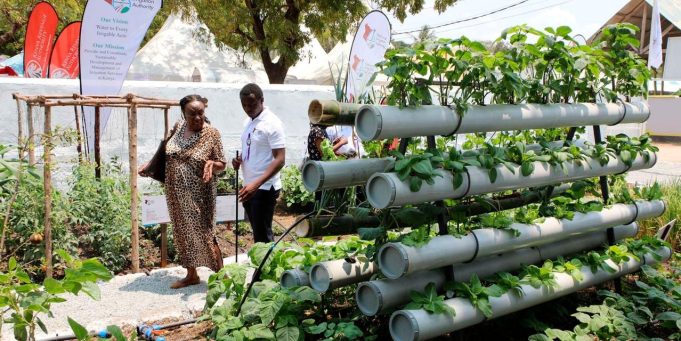Kenya’s agriculture and food system is under tremendous strain. Climate change, rapid population growth, and land degradation are disrupting the traditional cycles that farmers and markets have depended on for generations. These challenges threaten food security and the livelihoods of millions.
This raises a critical question: can finance play a role in building food systems that are not only productive but also resilient and sustainable? To address these complex issues, we must rethink how financial resources are mobilized and deployed. It’s not enough to simply increase funding; we need smarter investments that protect natural resources, support innovative farming practices, and empower local communities.
By aligning finance with the realities of environmental and social challenges, Kenya can foster agricultural systems capable of adapting to shocks and ensuring long-term food security for its growing population.
Rethinking Finance in Agriculture
For those of us working where finance meets development, this is a moment to reflect—not just on how to raise more capital but on how to deploy it effectively to protect the vital systems we all depend on.
After nearly thirty years in financial sector development, I’ve witnessed finance’s power to drive progress—but also its weaknesses when faced with systemic shocks. The scale and speed of today’s challenges demand far more than small tweaks.
Lessons from the Pandemic and Climate Shocks
Consider the COVID-19 pandemic: it exposed how quickly essential systems can come under pressure. Health services were overwhelmed, supply chains faltered, and even the usually resilient food system strained under stress.
Climate shocks are no longer rare events; floods, droughts, and erratic weather patterns are becoming the new normal. Kenyan farmers are right on the frontlines, feeling the impact every day.
Why Current Finance Falls Short
In its current form, finance struggles to address these deep-rooted challenges. It often fails to recognize both the fragility and the potential embedded in food systems.
But hope remains. We know what works in Kenya and beyond. Promising innovations are emerging and scaling up.
Innovations Driving Change
Efforts to improve soil health are underway—composting, reducing reliance on chemical fertilizers, and nurturing biodiversity by growing hardy local seeds and indigenous crops like millet and cassava.
Investments are flowing into cold chain infrastructure and local markets to cut down food waste through better storage and logistics. Simple water management techniques like sand dams and aquifer recharge projects are making a difference on the ground.

Finance as a Catalyst for Transformation
Finance can play a catalytic role by connecting farmers to markets, strengthening cooperatives, and supporting landscape-level projects in water, soil, and biodiversity conservation. But to do this, financial tools must be redesigned to fit the realities farmers face.
This might mean more blended finance options, targeted subsidies, and tapping into the knowledge already present within local communities.
Looking Beyond Farms to Ecosystems
As we rethink food systems, the focus should extend beyond just farms or markets to include the broader ecological and financial ecosystems.
Agroecology and agroforestry practices—like integrating trees into farmland—and regenerative agriculture approaches, such as cover cropping and rotational grazing, are restoring soil fertility and biodiversity.
The Missing Link – Coordination and Policy Support
Many farmers, cooperatives, and innovators are already putting these ideas into practice. What’s missing is the “connective tissue”: coordinated policies and financing mechanisms that can match the scale of the challenge.
Nature itself offers a powerful partner. Regenerative farming can rebuild soil within a few seasons, forests can regrow, and water systems can recover. But finance must support these natural processes, not try to overpower them.
Urgency in the Face of Shrinking Resources
The land available for farming in Kenya has shrunk dramatically—from about 13% of the country’s surface in the 1990s to roughly 8% today. Meanwhile, the population continues to grow, and rising global temperatures push us toward uncertain futures for food security.
The Vicious Cycle of Extraction
Too often, the response has been to double down on failing approaches: more synthetic fertilizers, increased chemical inputs, and greater extraction from depleted soils and water sources. This leads to degraded land, loss of biodiversity, polluted rivers, and a cycle of declining yields and rising costs.
When systems fail, people become more extractive: farmers cut down trees for charcoal, young people harvest sand from riverbeds to sell, and lenders raise interest rates to manage risk. Each action makes sense individually but collectively worsens the crisis.
Aligning Finance with Nature’s Logic
To overcome these challenges, finance must evolve. It should reflect the rhythms of natural systems rather than attempt to override them.
By doing so, we can harness regenerative practices, restore landscapes, and secure a sustainable, resilient food future for Kenya and beyond.

FAQ’s
What are the main challenges facing Kenya’s agriculture and food system?
Kenya’s agriculture faces pressure from climate change, rapid population growth, and land degradation, which disrupt farming cycles and threaten food security.
How can finance contribute to more resilient and sustainable food systems?
Finance can support innovations in soil health, water management, and biodiversity, connect farmers to markets, and enable investments that strengthen ecosystems and local communities.
Why is current agricultural finance often insufficient?
Traditional finance models don’t fully recognize the fragility of food systems or align with natural ecological cycles, limiting their effectiveness in addressing climate shocks and systemic risks.
What innovative approaches are being used to improve Kenya’s food systems?
Promising methods include agroecology, agroforestry, regenerative agriculture, cold chain infrastructure, and water conservation techniques like sand dams and aquifer recharge.
What is needed beyond funding to transform Kenya’s food systems?
Coordinated policies, effective financing mechanisms, community knowledge, and a shift toward finance that supports natural system regeneration are crucial to overcoming challenges.
Conclusion
Kenya’s agriculture is at a critical crossroads, facing growing environmental and social pressures. While finance alone cannot solve these challenges, rethinking investment strategies to support regenerative farming, ecosystem restoration, and community empowerment offers a path toward resilient, sustainable food systems. By aligning financial tools with nature’s logic and local realities, Kenya can build a food future that nourishes its people and preserves vital resources for generations to come.






